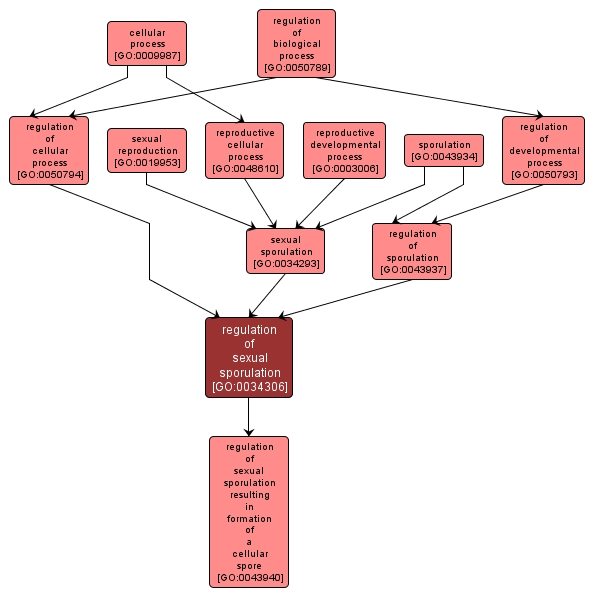GO TERM SUMMARY
|
| Name: |
regulation of sexual sporulation |
| Acc: |
GO:0034306 |
| Aspect: |
Biological Process |
| Desc: |
Any process that modulates the frequency, rate or extent of spore formation from the products of meiosis. An example of this is found in Saccharomyces cerevisiae. |
Synonyms:
- regulation of meiotic spore formation
- MAPKKK cascade during sporulation
- regulation of meiotic sporulation
- regulation of sexual spore formation
|
|

|
INTERACTIVE GO GRAPH
|














